Featured Panoramic Photo Above:
Classic Charles Conlon photo of Ty Cobb sliding into Jimmy Austin
Baseball History Comes Alive Now Ranked As a Top Five Website by Feedspot Among All Baseball History Websites and Blogs!
(Check out Feedspot's list of the Top 35 Baseball History websites and blogs)

Guest Submissions from Our Readers Always Welcome! Click for details
Scroll Down to Read Today’s Essay
Subscribe to Baseball History Comes Alive for automatic updates. As a Free Bonus, you’ll get instant access to my Special Report: Gary’s Handy Dandy World Series Reference Guide!
“WWII and Major League Baseball” Photo Gallery
Click on any image below to see photos in full size and to start Photo Gallery:
We welcome back Vince Jankoski will another of his specialties: “What ifs?” Today he tackles “what if” WW II hadn’t rudely intruded on the careers of many of baseball’s biggest stars. Using a formula he developed to extrapolate statistics, Vince has results you might not have suspected. I found Vince’s analysis interesting, and I think you will too. -GL
World War II and Major League Baseball
World War II had an enormous impact on professional baseball. Stars and everyday players were drafted or enlisted. Teams had to make do with personnel either exempt from military service or too young or too old to serve. Minor league teams and even leagues folded. There was even a question of whether major league baseball would continue. There are tons of interesting facts and “what ifs” about the effect of World War II on the major leagues. I present only a few of them here.
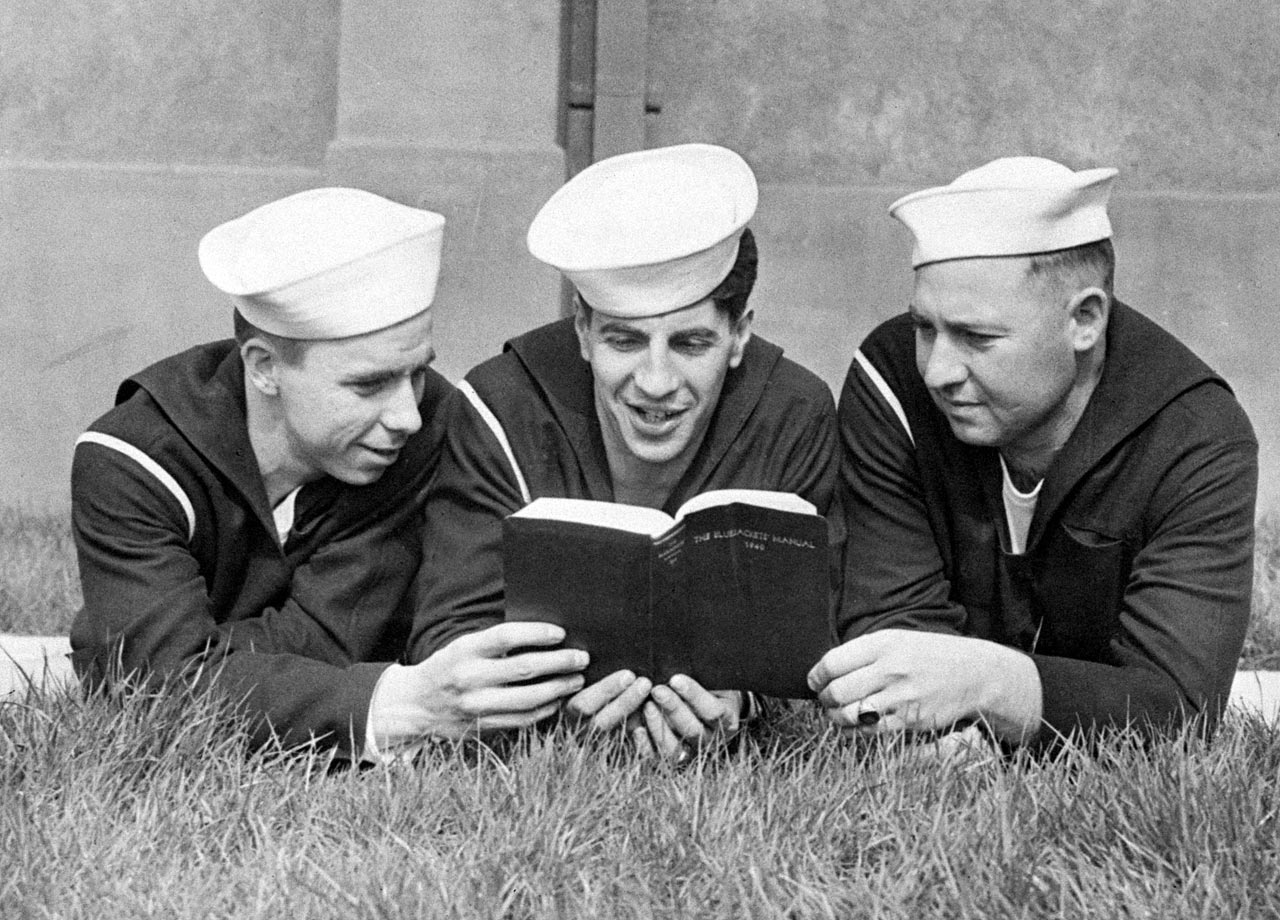
Players had their careers and, consequently, their career numbers truncated. Let’s take a look at what might have happened to the career stats of some of the stars had the United States not entered World War II. The methodology I use is this: take the statistics for the full years preceding and subsequent to military service and average them on a seasonal basis; then multiply the average by the time missed for military service; take the resultant figure and add it to the player’s career stats. This should render a good estimate — and it is only an estimate — of what the player would have attained had military service not intervened. The method assumes the player would not have been injured in the seasons to be examined.
First Up, Bob Feller

A good place to start would be the first star to enlist, Bob Feller. Feller enlisted in the Navy on December 8, 1941. He was discharged shortly after the atomic bombs fell, enabling him to pitch in nine games at the end of the 1945 season. Despite missing 3.75 seasons in the prime of his career, Feller won 266 major league games. In his last three seasons before entering military service and the first two seasons after his discharge, Feller averaged 24.4 wins per season. So, arguably, the war cost Feller 91 wins (24.4 wins per season x 3.75 seasons) which added to his 266 would have given him a total of 357, eighth on the all-time list (fifth among pitchers who pitched solely after 1901). Furthermore, Feller had 2,581 strikeouts lifetime. He averaged 262.2 strikeouts per year in the three years prior and two years after his military service. That’s an additional 983 Ks (262.2 strikeouts per season x 3.75 seasons), giving him a lifetime total of 3,564, more than any other pitcher at the time of his retirement and still eighth on the all-time list.
Let’s Look At Ted…
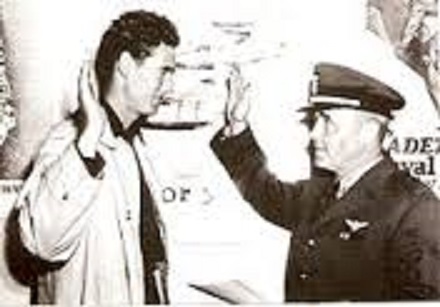
Ted Williams is, of course, the most glaring example of wartime sacrifice at the cost of career stats. Williams had the misfortune of having a skill not easily taught to a raw recruit — he could fly an airplane — leaving him amenable to being recalled for the Korean War. Williams played four seasons before entering the service in 1943. He played four full seasons after his first discharge (1946-1949), then was injured for half of the 1950 season, played a full season in 1951, then was recalled for most of the 1952 and 1953 seasons. He never had more than 420 at-bats in any season after his second discharge. So, if we average his first four seasons (1939-1942) and the full seasons after his WWII discharge (1946-1949, 1951), we have an average of a little less than 33 dingers per season or 165 total. Added to his lifetime total of 521 home runs, the estimated 165 missed due to military service would result in a total of 686 round-trippers, at the time of his retirement second only to Babe Ruth and still sixthon the all-time list.
But there is more. Williams averaged 184 hits per season or an estimated 920 for the five largely missed seasons. Williams’s career hit total was 2,654. Adding the estimated totals for the war years would leave Williams with 3,574, second place at the time of his retirement and fifth currently.
Then, there are bases on balls. Williams walked an inordinate amount of times, averaging a little more than 127 walks per year for the full years immediately prior to and subsequent to his military service or 635 for the five missed seasons. Adding the estimated missed walks to his career total of 2,021 would give Williams 2,656, first on the all-time list and 98 ahead of second place Barry Bonds. If you are inclined to disregard Bonds, Williams would be 466 ahead of second-place Rickey Henderson.
Hank Greenberg Lost Significant Numbers…
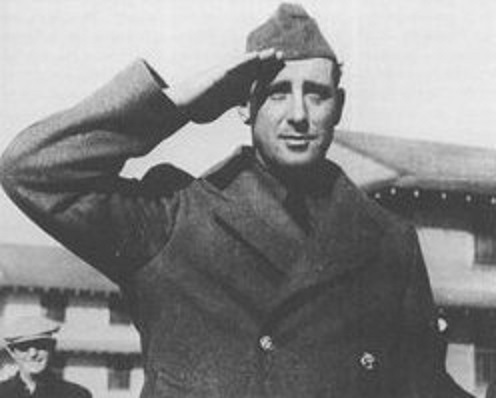
Then, there is Hank Greenberg. Greenberg was actually in the service prior to Pearl Harbor. He missed most of the 1941 season, all of the 1942-1944 seasons, and about half of 1945, four and a half seasons. He was 34 years old upon discharge. In the five full seasons prior to his discharge and the first full season afterward, Greenberg averaged 42 home runs. That would give him a total of 189 missed dingers (42 homers per season x 4.5 seasons) which added to his career total of 331 would total 520 which, at the time of his retirement would be third behind only Babe Ruth and Jimmie Foxx.
How Good Would Sphannie’s Stats Have Been?
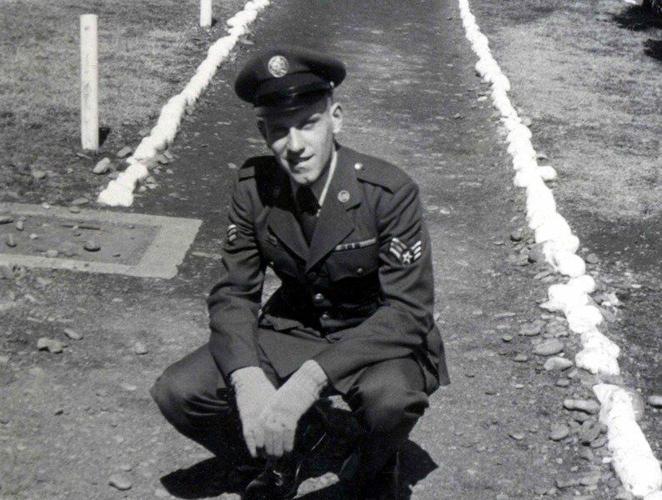
Harder to figure is Warren Spahn. Spahn was 21 years old when he pitched in 4 games for the Boston Braves in 1942. He spent the next three years serving his country. As a 25-year-old in 1946, he pitched 125+ innings for the Braves, going 8-5. He then caught fire, winning 20+ games in five of the next seven seasons and 12 times overall, totaling 363 wins for his career. Could he have averaged 20 wins per season for each season missed for military service? If so, he would have finished with an astounding total of 423 career wins, more than any pitcher this side of Cy Young. Even averaging ten wins would put him past the 400 mark.
The Other Side of the Coin: Some Benefitted…
On the other hand, the war (or, more correctly, the reduced caliber of play caused by military induction) undoubtedly boosted the stats of some players. Hal Newhouser was 34-52 from 1939-1943. In 1944 pitching against opponents largely unfit for military service, he went 29-9 with an ERA of 2.22 and won the American League MVP. In 1945, he went 25-9 with an ERA of 1.81 and won a second MVP. Newhouser went on to have several good seasons after the war so it is unclear what Newhouser would have done had the war not spurred on his initial success.
The previously mentioned Jimmie Foxx was also one of the players whose career stats benefited from the war. Foxx retired after the 1942 season at age 34. Due to the shortage of manpower occasioned by the war, Foxx came out of retirement for part-time duty in 1944 and 1945, adding seven home runs to his career totals.
Bill Nicholson was another player helped by the reduced quality of play during the war years. Nicholson had some degree of power. He played from 1936-1953, but he never led the league in any offensive category until 1943 when he led the National League in home runs and RBIs and was third in the MVP balloting. In 1944 he repeated as home run and RBI leader, added the league lead in runs scored, and finished second in the MVP voting.
The war changed other things as well. The Yankees played three seasons without Hall of Famers Joe DiMaggio, Phil Rizzuto, and Joe Gordon and two without Hall of Famer Bill Dickey and starting outfielder Charlie Keller. Joe Nuxhall pitched 2/3 of an inning for the Reds at age 15, and Pete Gray played with one arm. The St. Louis Browns won their only pennant.
It was an odd several seasons, but major league baseball survived. So did the country.
Vince Jankoski
Subscribe to our website, Baseball History Comes Alive with over 1400 fully categorized baseball essays and photo galleries, now surpassing the one million hits mark with 1.067M hits and over 900 subscribers

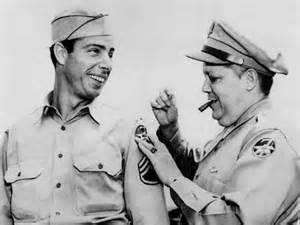
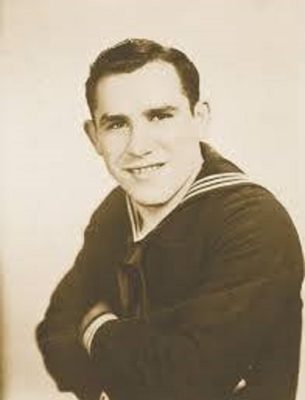
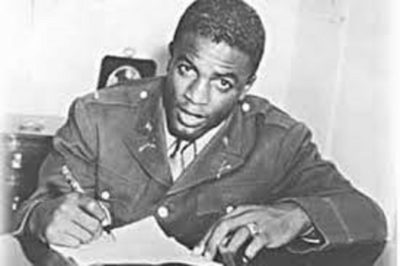
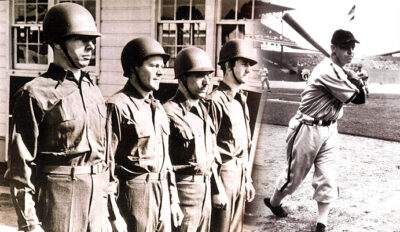
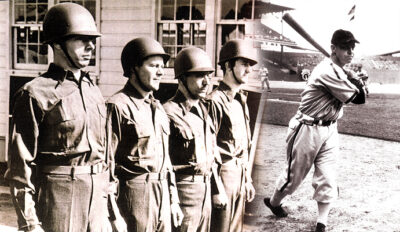
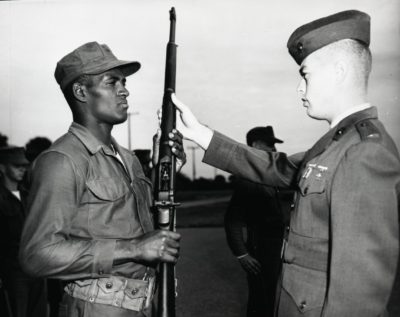
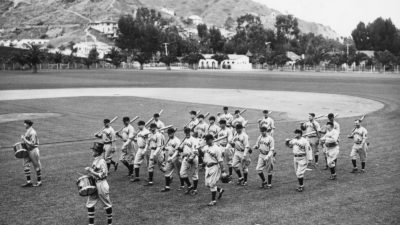
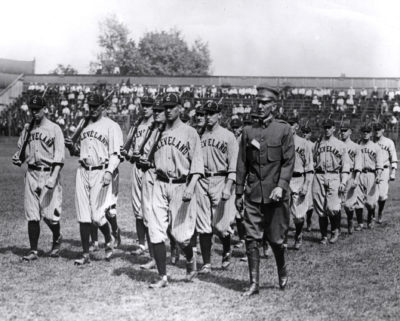
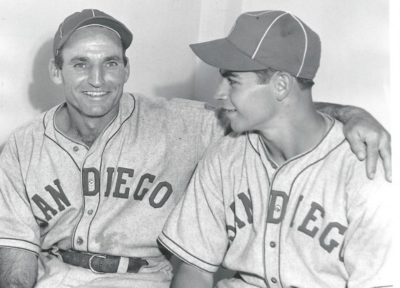
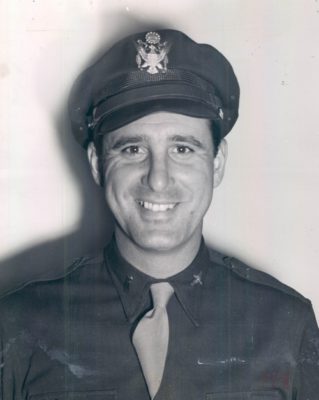
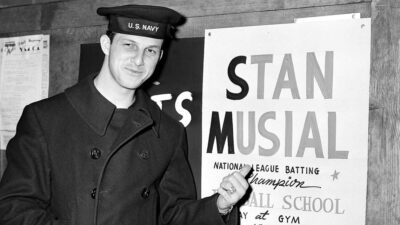
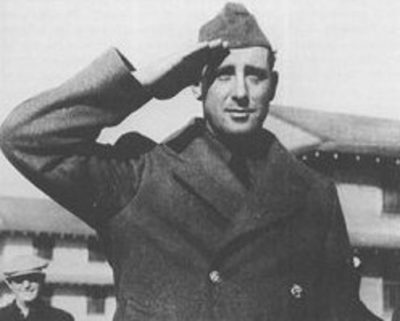
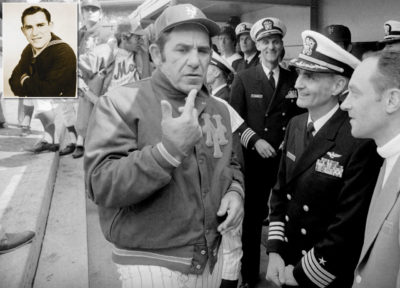
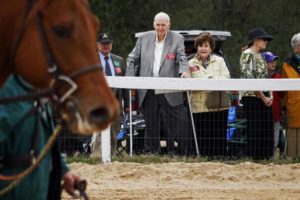
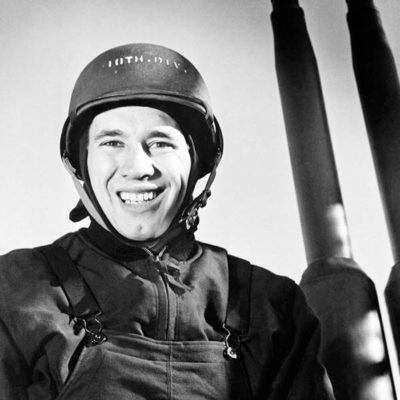
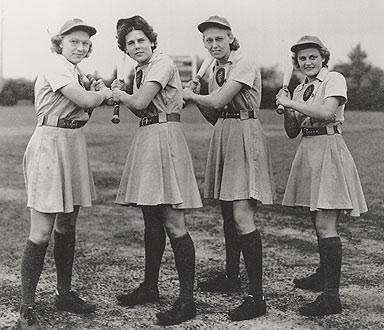
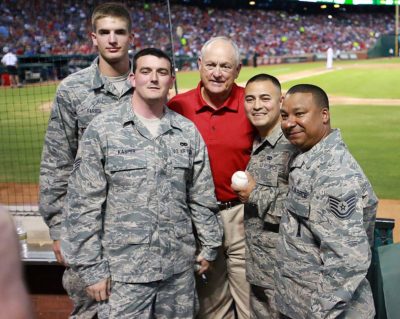
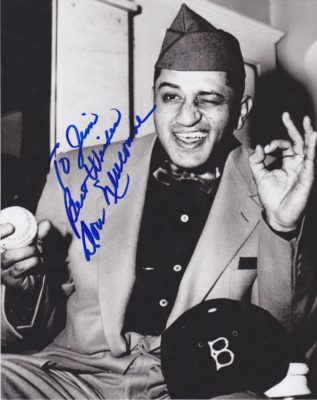
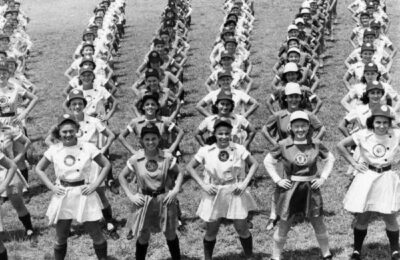
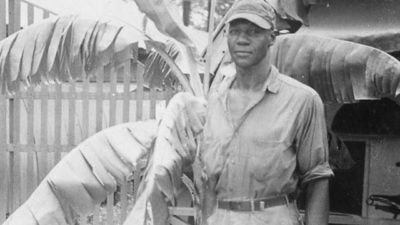
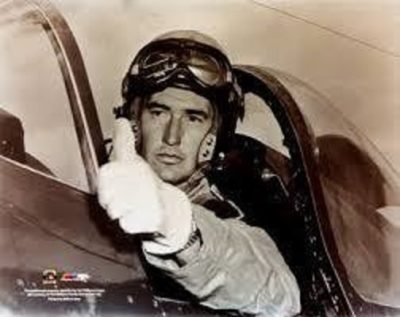
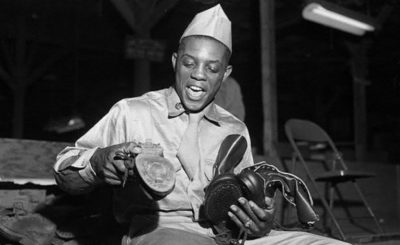
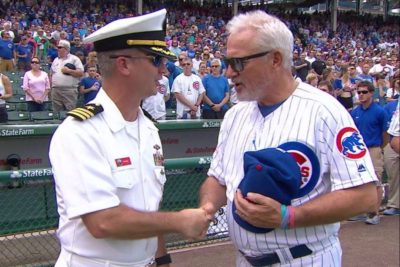
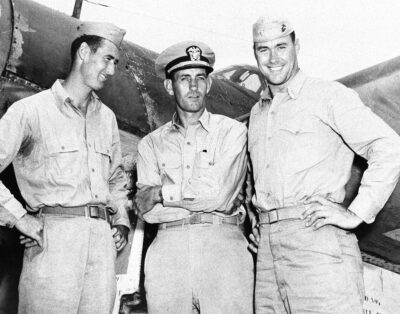
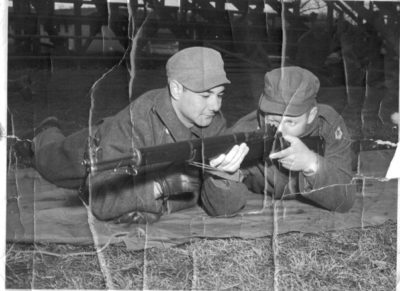
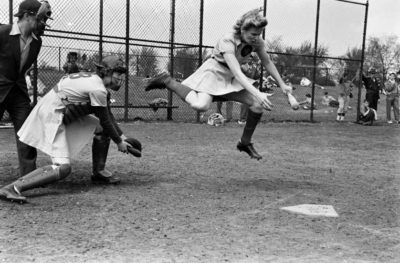
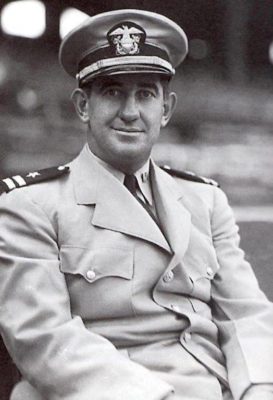
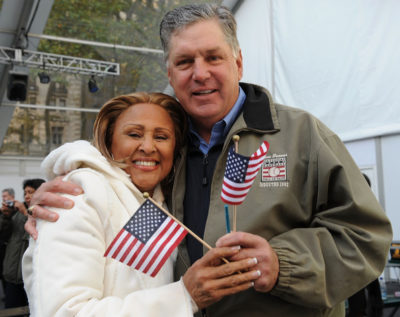
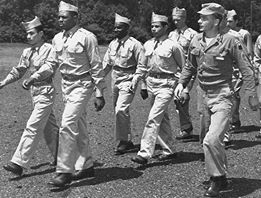
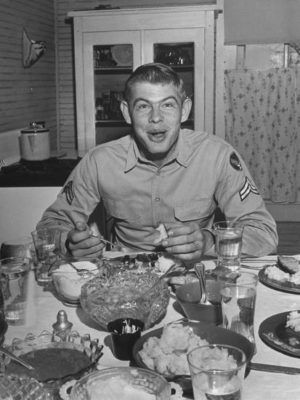
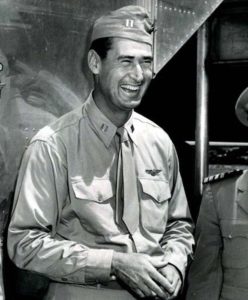

Nice article about the 1940’s players who also served in the military during WWII. The career stats sacrifices made by Feller, Williams, Greenberg and Spahn will forever be; of course, unquestioned. Worthy to point out is the “relatively privileged” time spent during the war by DiMaggio…..he was a “recreational instructor” who mostly walked around basking in his celebrity and playing and coaching baseball. He “served” mostly in Southern California, Hawaii and New Jersey. Some “tough” duty, huh. Another interesting case is that of catcher Moe Berg, a comparatively mediocre player who quit baseball to serve as a spy in Europe. Kudos to Mr. Jankoski for his mention of Pete Gray. Thnx, Gary. “PLAY BALL” !
Thanks Tom…great points!
You might want to profile Jack “Lucky” Lohrke, a survivor of six potentially fatal accidents and/or World War II combat.
Here’s a site to review:
https://bleacherreport.com/articles/205614-escaping-death-the-story-of-jack-lucky-lohrke
Thanks Larry; I’ve profiled Jack Lohrke numerous times. Here’s a link: https://wp.me/p7a04E-48W
I really enjoyed this article. Under the header “Let’s Talk about Ted…” There is a photo captioned, “Ted Williams is sworn into the Army.” Ted was never in the army. He was in the Navy (On close examination of the photo cited, there appears to be a mention of Navel directly behind the service member swearing him in.) and then commissioned as a Marine Corps pilot. I have always heard he was in VFA-223 (now VMA-223), which happens to be my squadron. However, I have not been able to confirm if this is a fact since there is conflicting data online.
Thanks for catch Phil, I’ll update…and thank you for your service. I’m retired Navy, 0-6.
I agree with the positive statistics that Mr. Jankoski made for the players that missed their prime years to serve our country. I do question the boosted stats of the players that benefited from the so called reduced talent during the war years. If we start questioning players stats based on the ability of the players that were around at the same time then anyone’s stats can be challenged. This is a road that I don’t like to go down. Whatever these players achieved is to their merit and it was accomplished against the best available talent.
These are intriguing points to ponder, as I’m sure most of us have done when trying to imagine the might-have-beens of prominent players’ careers interrupted by disease, injury, the War, or even death itself. A lot of speculation is unavoidably involved here, but I like the logical and straightforward approach chosen by Vince for his calculations. There doesn’t seem to be a preferable alternative.
As Vince says, this study concentrates on possible-to-likely outcomes that could have resulted “. .had the United States not entered World War II.” Shudder to think! If we had not done that, this old world would be a hell of a lot different, and I doubt we’d have the luxury today of dreaming about The Heater from Van Meter, or Teddy Ballgame’s numbers. Indeed, we might well be dreaming in a language other than English.
(Come to think about it, we still might.)
We owe such a debt of praise, and gratitude, to our many courageous and unsung veterans.
May God bless them all.
Michael
Thanks Michael…good points! (coming from this Navy vet!)
So proud and appreciative of your service to our great country, Dr. Livacari!
A thousand thanks.
MHK
How about the effect on players like Cecil Travis?